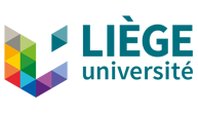Introduction to Histology : exploring the tissues of the human body
- Duration: 8 weeks
- Effort: 24 hours
- Pace: ~3 hours/week
- Languages: English and french
What you will learn
At the end of this course, you will be able to:
- Know the characteristics of the tissues that constitute the human body
- Identify these tissues on a histological slide
- Understand the relationship between the structure of a tissue and its functions within the body
Description
To discover the fundamental tissues of the human body by exploring histological slides under the microscope, that is the programme of this MOOC !
What are the main families of cells that constitute our body ? How do they organise themselves to form tissues with specific functions ? Through the study of these tissues, this course allows you to better understand what and how the human body is built to function properly.
Through instructional videos and interactive activities such as the manipulation of a virtual microscope, you will study the organisation and properties of epithelia, connective tissues, muscular tissues and nervous tissues. This course will also be punctuated by anatomical notions and examples of pathologies that affect tissues.
This MOOC is aimed at a wide audience: students or future students in the medical, paramedical or scientific field, teachers, researchers, professionals in the health field, decision-makers in the field of education or health or simply those who are curious and wish to understand what the human body is made of.
At the end of this course, participants will be able to recognise the different tissues and cells of our body, to understand their organisation and specific functions and to perceive the potential pathological consequences of their alterations.
Format
This course is divided into 6 units. On the opening date of the MOOC, units 1 and 2 are available. Then, a new unit is opened every two weeks. The first unit is dedicated to an introduction to histology and the next 5 are dedicated to the study of the 5 main tissues of the organism, namely the epithelia, the glandular epithelia, the connective, muscular and nervous tissues. These units combine several types of resources and activities
- didactic videos enriched with diagrams, drawings or anatomical demonstrations (linking the macroscopic and microscopic scales)
- manipulation of a virtual microscope that allows you to explore histological slides. Interactive markers will guide your observations, allow you to interpret the visible histological structures and deepen your knowledge
- exercises based on images (questions corrected automatically or by peers, search for intruders, identification questions, debate between participants, etc.)
- interviews with experts on diseases that affect tissues
- a discussion forum to help each other and continue learning together.
Two learning paths will be offered to best suit your objectives or motivations. The Silver pathwill require about 1.5 hours of personal work per unit, while the Gold path will require about 3 hours of work per week, which will allow you to deepen certain notions.
Prerequisites
This MOOC is accessible to all but will be easier to understand for those who have some knowledge of cell biology (cell, nucleus, membrane...).
Assessment and certification
This MOOC includes different types of evaluation, for example quizzes with feedback, peer evaluations, etc.
A badge of successful completion can be issued at the end of the MOOC to learners who have successfully completed all the certification activities with an average of 70%.
The badge is free of charge and accessible to all.
Course plan
- What is histology ?
How to sample tissue and prepare it for microscope observation ?
Keys to a good observation
Interpreting tissue sections
A microscope at your fingertips
On the programme of this MOOC
- What is epithelium ?
Simple epithelia
Stratified epithelia
Pseudostratified epithelia
Histological structure identification activity
Each structure has a function
When it malfunctions...
The essentials to remember
- What is an epithelial gland ?
Intraepithelial glands
Tubular glands
Acinar glands
Alveolar glands
Histological structure identification activity
Each structure has a function
When it malfunctions...
The essentials to remember
- What are connective tissues ?
Loose and dense connective tissues: a matter of proportion
Dense regular connective tissue
Adipose tissue
Cartilage
Bone tissue
Histological structure identification activity
Each structure has a function
When it malfunctions...
The essentials to remember
- What is muscle tissue ?
The striated skeletal muscle
The striated cardiac muscle
The smooth muscle
Histological structure identification activity
Each structure has a function
When it malfunctions...
The essentials to remember
- What is nervous tissue ?
The central nervous system – The spinal cord
The peripheral nervous system – The nerve
The peripheral nervous system – The Ganglion
Histological structure identification activity
Each structure has a function
When it malfunctions...
The essentials to remember
Course team
Valérie Defaweux
Categories
Sylvie Multon
Categories
Laurence Pesesse
Categories
Alodie Weatherspoon
Categories
Organizations
Join the MOOC on social networks
To follow our news, join us on Facebook and Twitter
https://www.facebook.com/moochistoulg/
https://twitter.com/MOOCHistoULg
Academic partners
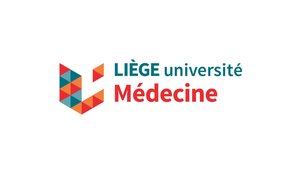
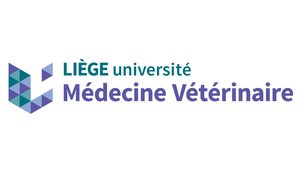
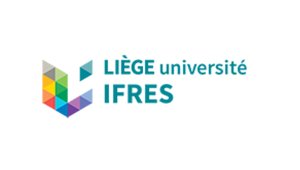
Technologies for learning

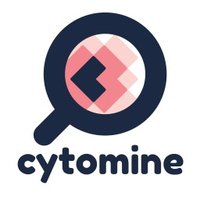
English translation and coaching

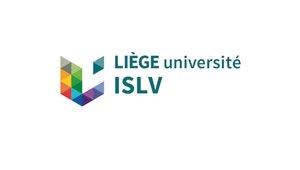
License
License for the course content

Attribution-NonCommercial-NoDerivatives
You are free to:
- Share — copy and redistribute the material in any medium or format
Under the following terms:
- Attribution — You must give appropriate credit, provide a link to the license, and indicate if changes were made. You may do so in any reasonable manner, but not in any way that suggests the licensor endorses you or your use.
- NonCommercial — You may not use the material for commercial purposes.
- NoDerivatives — If you remix, transform, or build upon the material, you may not distribute the modified material.
License for the content created by course participants

All rights reserved
"All rights reserved" is a copyright formality indicating that the copyright holder reserves, or holds for its own use, all the rights provided by copyright law.

